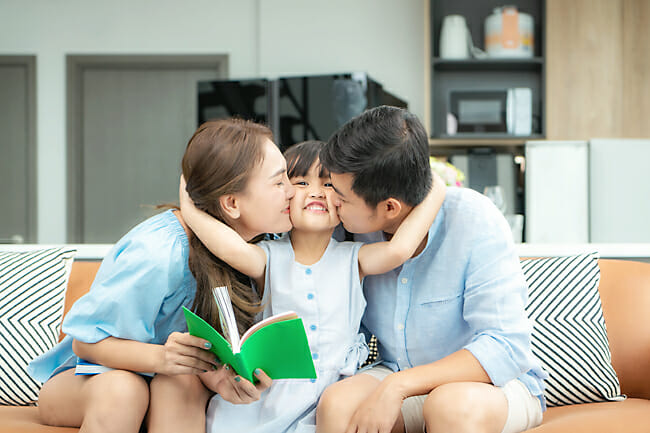Have you ever found yourself wondering why you react a certain way in relationships, or why some of your interactions seem to follow the same old script? The answer might lie in your attachment style, which is formed long before your first relationship. Let’s dive into the fascinating world of attachment styles, how they manifest in our lives, and our parents’ pivotal role in shaping them.
So, What Are Attachment Styles?
Think of attachment styles as your relationship blueprint. It’s like having a personalized instruction manual for how you connect with others. There are four main styles:
- Secure Attachment: Imagine you’re on a solid boat, sailing smoothly. You trust people, feel comfortable with intimacy, and are cool with independence. This is the “Goldilocks” of attachment styles.
- Anxious-Preoccupied Attachment: Picture a constant state of checking your phone for texts from someone. You need reassurance and fear abandonment, often worrying about your relationships.
- Dismissive-Avoidant Attachment: You’re the lone wolf. Independence is your mantra, and you tend to avoid getting too close to others.
- Fearful-Avoidant (Disorganized) Attachment: It’s like wanting to jump into a pool but being scared of the water. You crave closeness but are afraid of getting hurt.
Seeing Attachment Styles in Everyday Life
These styles aren’t just psychological jargon—they play out in real life. Let’s break it down:
- Friendships: If you’re securely attached, you probably have a circle of reliable friends. But if you’re anxious-preoccupied, you might feel insecure about where you stand with your friends, always needing reassurance.
- Romantic Relationships: Securely attached folks usually have stable, happy relationships. Anxious types might constantly seek validation (“Do you really love me?”), while avoidant individuals could struggle with opening up and keeping their partners at arm’s length.
- At Work: A securely attached person might thrive in collaborative environments, while someone with an avoidant style might prefer solo projects to avoid the emotional complexities of teamwork.
The Role of Parents in Shaping Attachment
Our attachment styles are like hand-me-downs from our parents.
- Consistent and Responsive Parenting: Leads to secure attachment. If your parents were reliable and responsive, you learned that people can be trusted, much like how Alan Grant reassures the kids in “Jurassic Park,” making them feel safe despite the chaos around them.
- Inconsistent or Overprotective Parenting: This can result in anxious-preoccupied attachment. If a child’s needs are met unpredictably, they may grow up feeling insecure and constantly seeking validation.
- Emotionally Unavailable or Distant Parenting: Tends to foster dismissive-avoidant attachment. Children learn to rely on themselves and may become emotionally self-sufficient, often avoiding intimacy. Think about Elsa in “Frozen” and how she isolates herself, believing she must handle everything alone
- Traumatic or Abusive Parenting: Can cause fearful-avoidant attachment. When caregivers are a source of fear or harm, children develop conflicted feelings about closeness and safety.
Recognizing and Changing Attachment Patterns
The good news is that attachment styles are not set in stone. Recognizing your attachment style is the first step towards change. Here are some ways to work on it:
- Self-Awareness: Pay attention to your relationship patterns. Do you see any recurring themes? You can start by taking this attachment-style quiz.
- Therapy: A therapist can help you understand and work through your attachment issues. Think of it as relationship training.
- Healthy Relationships: Surround yourself with secure, supportive people. Positive experiences can help shift your attachment style.
- Mindfulness and Self-Care: Practices like meditation and journaling can increase your self-awareness and emotional regulation.
Conclusion
Attachment styles are like invisible threads weaving through our lives, shaping how we connect with others. By understanding these patterns, we can gain insights into our behaviors and start working towards healthier, more fulfilling relationships.
So, next time you find yourself puzzled by your relationship dynamics, remember: it’s not just you—it’s those invisible threads of attachment at play. And with a bit of effort, you can start to weave a new pattern for yourself.





Leave a Reply